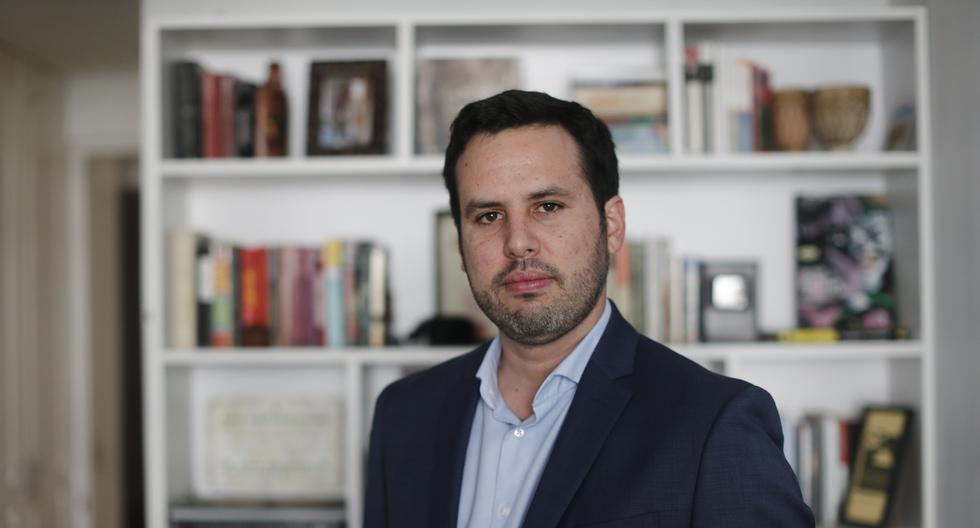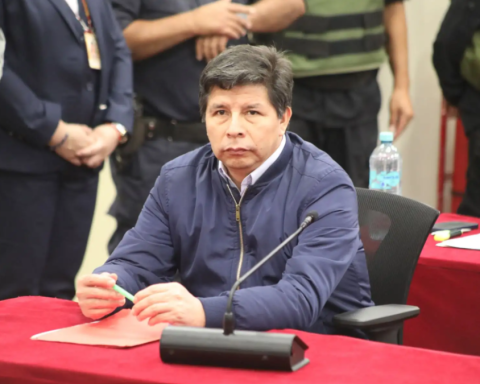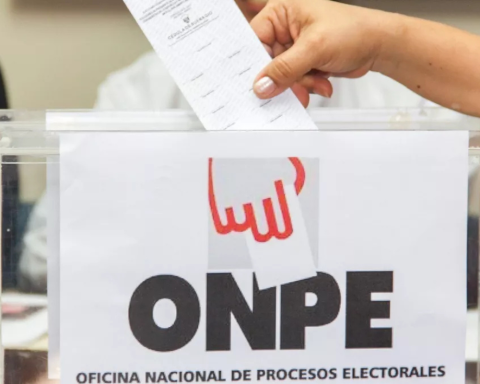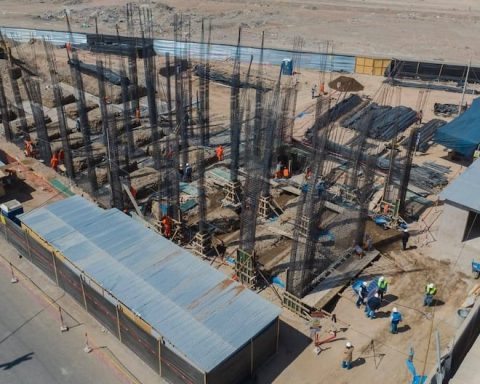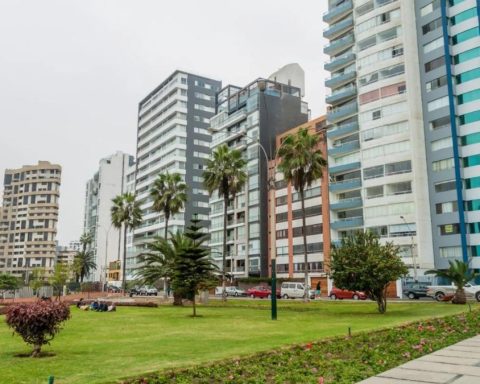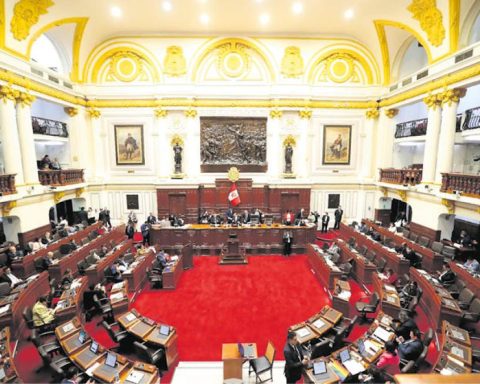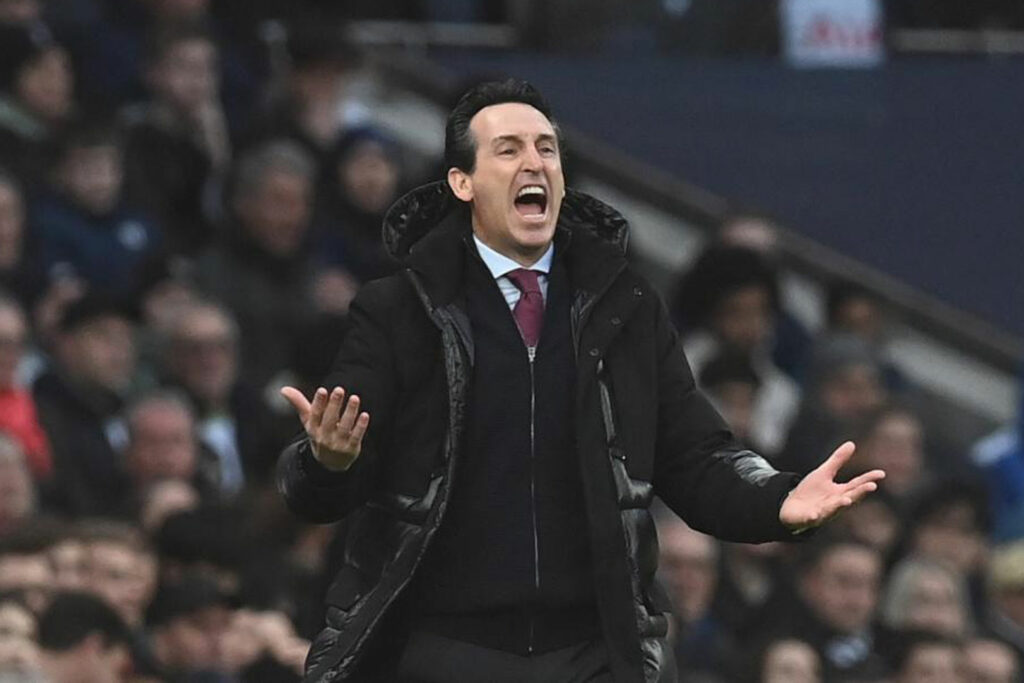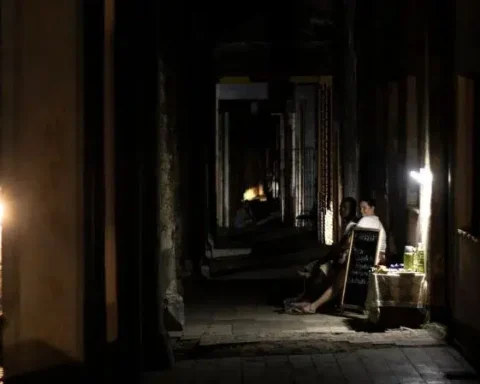Diego Macera points out that the peruvian economyDespite the internal crisis, it continues to be “extremely solid”. He also points out that there are conditions for the coming year to be a “relatively good” one for Peru.
What awaits Peruvians this 2023 in economic matters?
Around the world, 2023 is expected to be more challenging than 2022 was. There are three core risks; one of them is what will happen to China’s economy. The second is inflation, and the third is the war between Russia and Ukraine. During 2023, the main economies of the world will be growing more or less half of what they grew on average in the last 20 years (…). It’s a slightly more challenging year than we’ve had, and than we’ve been used to in the last two decades. In this context, Peru enters with internal problems, but I can be a little optimistic or naive and think that there may be conditions for 2023 to be a relatively good year for Peru, provided that the Executive and Congress are properly managed and lower social tension. Hopefully we can have a kind of spring effect in 2023, even if it is a small one, motivated by the rebound of confidence and stability that we have not had.
The MEF presented the Con Punche Peru program. To what extent does it provide solutions?
It is always better to have the plan than not to have it. It is healthy to have a kind of road map with specific objectives to be achieved during this administration. It is positive that today we have Minister Contreras leading the institution, he is a competent person and knows the sector very well. I rescue some of the points that have been raised in the plan. The unlocking of works – there are more than 2,000 works that you have there paralyzed – has been tried before, hopefully it can be more successful now. It is also worth highlighting the mention of a series of mining projects that, for various reasons, have not progressed as desired. About US$10 billion of mining investment that could continue to advance. With copper at US$3.8 a pound, it is absurd not to be speeding up mining projects. The regions that have the most to gain are Cajamarca and Apurímac, but how that potential is transformed into quality of life depends on regional and local authorities. The other thing that must be highlighted is this boost to Chavimochic and Majes so that they can extend the agricultural frontier. Hopefully there will be political will to push forward some of the projects and ideas that have been developed in this plan With Punche Peru. Many times, unfortunately, what is seen is that they can remain on a list of good intentions.
How to promote mining in regions where the radical discourse against investment has been taking hold?
The first thing was to have adequate results in the subnational elections, because it must be taken into account that those who will end up executing between 60% and 70% of the budget for public investment at the national level are elected. Then there are three fundamental tasks: improve communication, because for a long time narratives that are sometimes malicious have been allowed to advance and have contributed to delegitimizing mining activity. There is a component that has to go through to remove the mafias or interested parties that take advantage of conflictive circumstances to promote illegal agendas (against mining). The third is a slightly more long-term issue, which is how we transform this unique dynamism that mining brings into concrete improvements for the quality of life of the population, so that dynamic mining activity can be seen that drives the economy and the time to make the citizens feel the benefits.
Are there entrepreneurs now with confidence in investing in Peru?
There is a good opportunity to resume confidence indicators. Peru continues to be an extremely solid economy. The inflation average, for example, in Latin America, is double ours; we are still at relatively high inflation, 8%, but inflation in Latin America is closer to 15%. Large economies, Brazil, Colombia, Chile and Mexico, have reference rates that are above 10%. We are at seven and a half. In general, if one looks at the macroeconomic part, Peru is in a better position than the rest of the countries in the region. Logically, these strengths are not infinite either, you have to know how to take care of them.
KEEP IN MIND:
- “One of the points that we must address more is how we generate more adequate and formal employment within companies that already have the conditions to provide adequate income (…). Unfortunately, in the last year, we have gone in the opposite direction”, said Macera.
- “There was a lot of deterioration in many sectors in the past government. Recomposing is not going to be easy; It is something that I understand is being dealt with now. It is vital to continue with a path of development in the following years. If we do not have a public sector, a competent and honest bureaucracy, this is not going anywhere, ”he added.
RECOMMENDED VIDEOS:
:quality(75)/cdn.jwplayer.com/v2/media/igRVtA43/poster.jpg)
